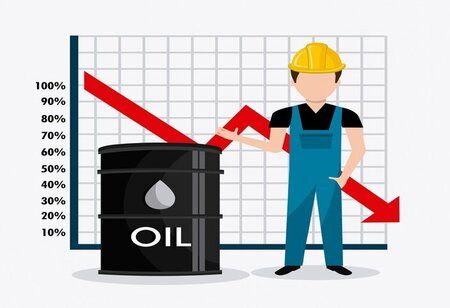
Drone strikes on Russian refineries, dramatic drops in U.S. crude and gasoline supplies, and rising energy demand estimates all helped to drive up oil prices, which slipped lower on Friday but were still on course to jump by about 4 percent for the week. May Brent crude oil futures slid 41 cents, or 0.5 percent, to $85.01 a barrel at 1234 GMT on Thursday, after their first crossing over $85 a barrel since November. West Texas Intermediate (WTI) oil for the United States dropped 32 cents, or 0.4 percent, to $80.94 in April.
For the fourth time since November, the International Energy Agency upgraded its forecast for the rise of the oil demand in 2024 on Thursday after Houthi strikes impeded transportation across the Red Sea. 1.3 million barrels of oil will be used globally in 2024, according to the IEA's most recent assessment, an increase of 110,000 barrels from the previous month. After OPEC+ members extended cutbacks, it predicted a minor supply shortfall this year as opposed to a surplus last year.
A second day of intense drone assaults by Ukraine against Russian oil facilities supported oil prices as well. On Wednesday, the largest refinery owned by Rosneft caught fire, marking one of the worst attacks against Russia's energy industry in recent memory.
According to the Energy Information Administration (EIA) on Wednesday, U.S. crude oil stocks unexpectedly decreased last week as refineries increased processing, while gasoline inventories plummeted as demand increased.

